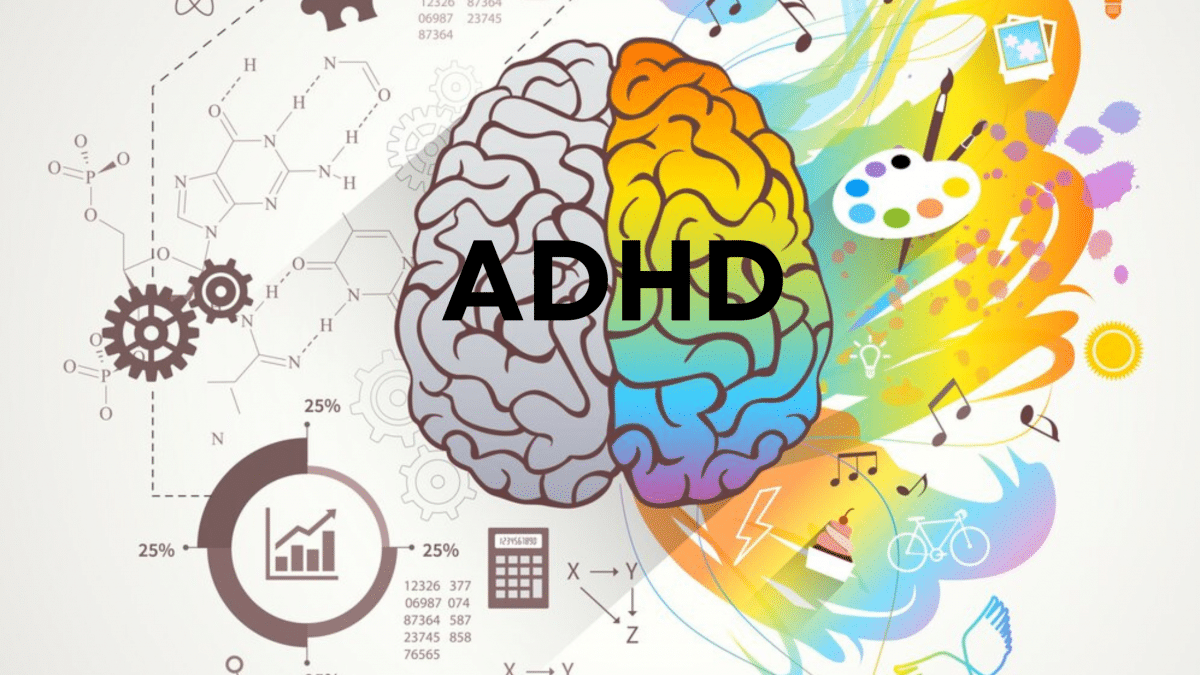
Millions of youngsters worldwide suffer with Attention-Deficit/Hyperactivity Disorder (ADHD), a neurodevelopmental condition that frequently persists into adulthood. Behavioral therapies and pharmaceuticals, especially stimulants like methylphenidate (Ritalin) and amphetamines (Adderall), are the most widely used treatments for ADHD. Despite the fact that these drugs have been demonstrated to be successful in symptom reduction, questions have been raised about their potential long-term consequences on patients. This article examines the most recent findings regarding the long-term effects of ADHD drugs, discussing the advantages and disadvantages of both stimulants and non-stimulants.
Comprehending ADHD Drugs
Stimulants and non-stimulants are the two main types of ADHD treatments.
1. Stimulants:
treatments like Adderall and Ritalin are among the most often recommended treatments for ADHD Medication . They function by raising the brain’s concentrations of specific neurotransmitters, especially norepinephrine and dopamine, which enhance focus and attention.
2. Non-stimulants:
Patients who may not respond well to stimulants or who are concerned about their side effects are treated with medications such atomoxetine (Strattera) and guanfacine (Intuniv). These drugs function differently, mainly by lowering norepinephrine levels without causing the CNS to fire.
3. Effects Short-Term versus Long-Term
There has been less research on the long-term effects of ADHD drugs than on their short-term effects, which are comparatively well-documented. Short-term advantages frequently include increased academic performance, less impulsivity, and better attention. For patients, parents, and healthcare professionals to make educated decisions, they must, however, be aware of the long-term effects of these drugs.
4. Possible Long-Term Effects of Stimulants:
Growth suppression is one of the most talked-about issues when it comes to children using stimulants over an extended period of time. Research has indicated that youngsters taking stimulant drugs may see a slowdown in their rate of growth. The Journal of the American Academy of Child & Adolescent Psychiatry released a meta-analysis which revealed that children on stimulants saw a little decrease in height and weight when compared to their non-medicated peers. But the majority of research suggests that growth usually catches up in adolescence.
Risks related to the cardiovascular system have also been brought up, especially in light of elevated blood pressure and heart rate. While the majority of children do not have serious cardiovascular issues, some may be at risk, especially those who already have heart disorders, according to research published in Pediatrics. For kids using stimulant drugs, routine cardiac monitoring is recommended.
5. Mental Health Outcomes:
There is ongoing debate on the effects of stimulant drugs on mental health. Some research points to a possible higher risk of anxiety or mood disorders in kids who use stimulants. A thorough analysis published in The Lancet Psychiatry revealed that although there is a correlation, it is still challenging to determine causality. It is crucial to take into account personal risk factors and keep an eye on mental health over time.
6. Substance Abuse:
The possibility of stimulant dependence or misuse, especially in adolescents, is a further cause for concern. According to research that was published in The American Journal of Psychiatry, teens with ADHD who receive stimulant treatment may be less likely than those who do not to develop drug use disorders. Nevertheless, individual circumstances, such as the existence of comorbid illnesses, may affect this protective effect differently.
7. Long-Term Impact of Non-Stimulants Atomoxetine (Strattera):
Not categorized as a stimulant, atomoxetine is a selective norepinephrine reuptake inhibitor. Research has indicated that it may be useful in managing symptoms of ADHD. According to a long-term study that was published in the Journal of Child and Adolescent Psychopharmacology, atomoxetine has a reduced risk of misuse than stimulants and is generally well-tolerated over lengthy periods of time. Long-term adherence, however, may be impacted by its possible adverse effects, which include sedation and gastrointestinal problems.
Guanfacine, also known as Intuniv, is an additional non-stimulant therapy for ADHD. Studies have suggested that it could be beneficial for impulsivity and violence. According to a study published in Neuropsychopharmacology, guanfacine extended-release had a good safety record and was useful in treating ADHD symptoms over extended periods of time. Like atomoxetine, though, it can sedate you and may need to be closely watched.
The Value of Continual Investigation
Long-term research is becoming more and more important as more kids and teenagers are being diagnosed with ADHD and receiving medication treatment for it. According to recent research, there are hazards associated with using ADHD drugs, even if they can greatly improve functioning and quality of life.
Tailored Therapeutic Strategies
A one-size-fits-all strategy is insufficient due to the variation in how people react to ADHD Medication . Optimizing treatment programs requires thorough evaluations that take into account the patient’s medical history, the severity of the symptoms, and any possible adverse effects. In addition to stressing the value of tracking both physical and mental health results, clinicians frequently suggest a mix of medication and behavioral treatment.
Conscientious Decision-Making
Healthcare professionals should have candid conversations with patients and caregivers regarding the advantages and disadvantages of ADHD medication. Knowing the latest information can enable families to make decisions that best meet the requirements of the person. To evaluate the effectiveness of the medicine and any new adverse effects, routine follow-ups are essential.
In summary
Research on the long-term consequences of ADHD drugs is still very relevant. Even while stimulants are good at treating the symptoms of ADHD, issues with growth, cardiovascular health, and mental health need to be carefully considered. For people who might be sensitive to the negative effects of stimulants, non-stimulant solutions offer a useful substitute.
In the end, managing the intricacies of ADHD treatment requires constant research, customized treatment regimens, and open communication between patients, families, and medical professionals. We can better assist people with ADHD in leading healthier, more productive lives as we continue to understand more about the long-term effects of these drugs.







